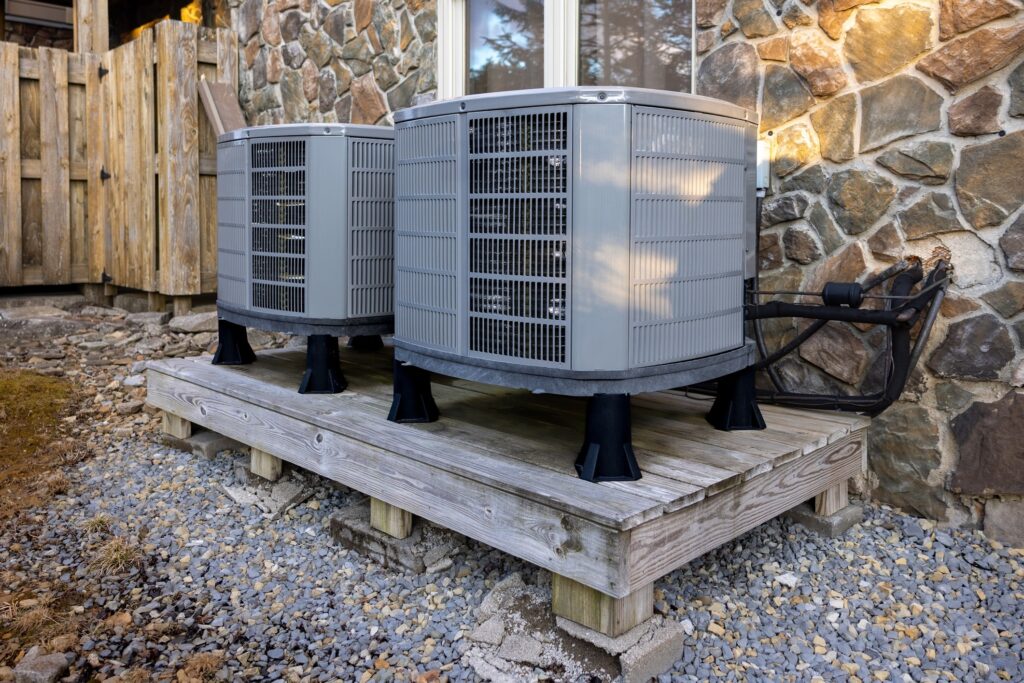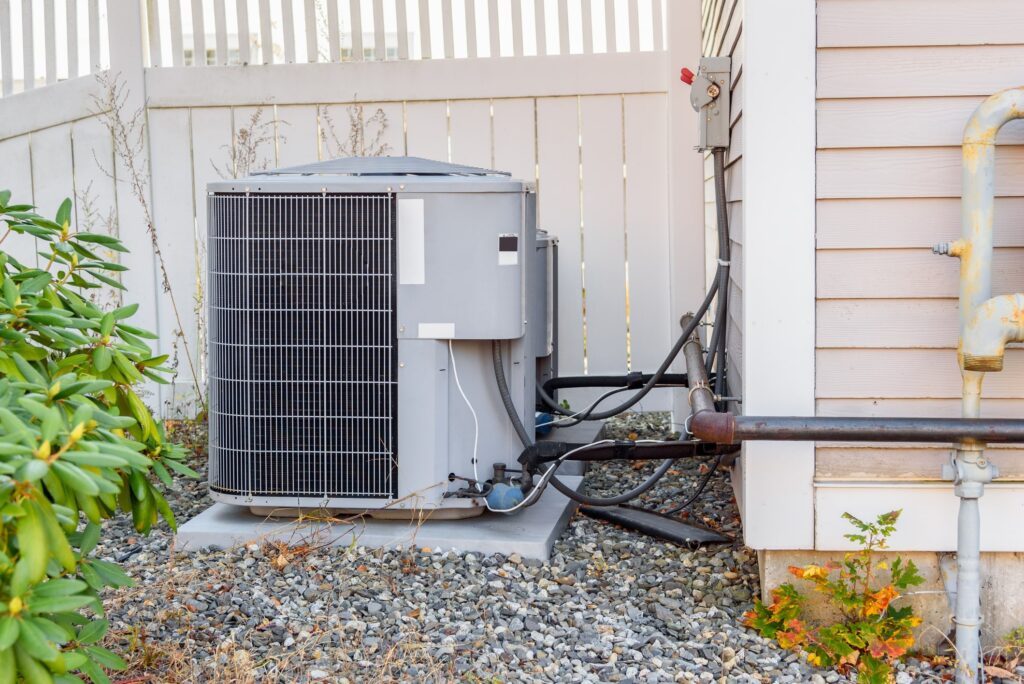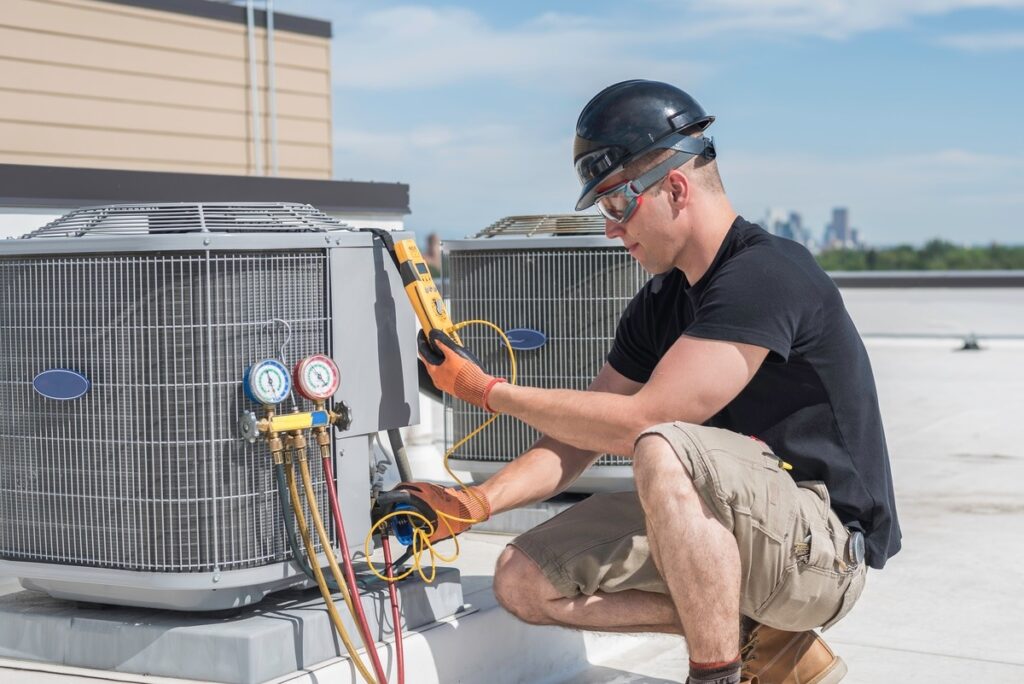Hurricanes are a common threat in Florida, so it’s important to know how to prepare. Your HVAC system is a critical component of your home. It provides welcome cooling and dehumidification through the hot, humid months when hurricanes are most common. Here’s what you need to know about preparing and caring for your HVAC unit before and during the storm.
Schedule Annual Inspections
Have your HVAC system inspected and tuned up annually. This regular tune-up will address issues like loose wiring, unbalanced components, worn fans, and interior dust and dirt buildup. An HVAC system that receives annual maintenance delivers better energy efficiency and a longer lifespan.
This annual tune-up will also identify any developing problems with your unit. It’s best to address these issues at the beginning of the cooling season, long before hurricane season hits. This will ensure that your HVAC installation is in the best shape possible to weather the storm.
Install a Surge Protector
A surge protector is a wise investment for any Floridian home. Florida is known as the lightning capital of the United States, averaging 1.2 million strikes every year. If a lightning strike causes a power surge to your HVAC unit, it can blow fuses, damage the compressor or capacitor, and knock out your whole unit. Even when the unit keeps running, these power surges wreak havoc on the system’s inner mechanics, ultimately shortening the air conditioner’s lifespan.
Though hurricanes typically don’t produce lightning, they can impact your electrical system in other ways. High winds can drop power lines, causing power surges and outages. Your home may also experience a power surge when electricity is restored after an outage. A whole-house surge protector will protect your HVAC system as well as the other appliances in your home. Alternatively, you can install an inline surge protector on the circuit for your HVAC system.
Elevate the Unit
If your home is prone to flooding in storms, you may want to permanently elevate your AC condenser. This will help it stay up and out of the water. A thick concrete pad can do the job. Make sure you use a stable and well-anchored structure, so it doesn’t become a potential airborne hazard to your home.
Clear the Surrounding Area
Though your HVAC unit may look sturdy, it’s actually fairly lightweight and easily damaged. Minimize the risk to your unit by cleaning up the surrounding area. Trim any overhanging trees and nearby bushes. Remember that even a small branch can do great damage when a hurricane whips it at your HVAC unit.
Secure or bring in grills, outdoor furniture, and other items that can become airborne in a hurricane. Even small items like children’s toys can become dangerous projectiles in high winds. Keep your yard as clean as possible to protect your home and HVAC system from these hazards.
Stock Up on Repair and Maintenance Supplies
Even the best preventive measures can’t guarantee your home’s safety in a storm. Stock up on items you may need to repair and care for your HVAC system once the storm has passed. Foil duct tape can be used to repair air ducts. General-purpose duct tape serves countless uses for short-term repairs.
Keep spare filters on hand in a sealed plastic container to protect them from water damage. After a storm, you may need to install fresh filters to replace those that are damaged or damp.
Immediately Before a Storm
As a known hurricane approaches, there are some additional steps that you should take to get your home ready for the impact. These are the final things that you’ll need to do to prepare your HVAC system for a hurricane.
1. Cool Down Your Home
As the storm approaches, you should prepare for a likely power outage by cooling your home down as much as possible. Turn the thermostat down a few degrees cooler than usual and run the air conditioner to thoroughly cool the house. Properly sealed windows and doors will go a long way toward keeping cool air inside the envelope of your home. Cooling your home down before the storm will help the space stay comfortable as long as possible if you’re without power for hours or even days.
2. Turn Off the Unit
When winds start to increase, you need to turn off the HVAC system to protect it from power surges, flood damage, electrical fires, and other hazards. Flip off the circuit breaker that controls your HVAC system to disconnect power to the appliance. Set your thermostat to the off position.
3. Remove Window Units
If you have window AC units, turn them off and bring them inside before the storm. Hurricane-force winds can easily pull a window unit out of the home. Not only does this damage the unit, but it also leaves your home exposed to rain, wind, and debris. It’s safer to remove the system entirely. Close, cover, and secure the window.
Protect Your System After the Storm
Your HVAC system needs extra care and attention after the storm. If your home suffered any kind of damage, you should not turn the system back on until it’s been inspected. If the system is damaged in any way, you need to schedule a professional repair before you use it. The AC unit may have a hazardous refrigerant leak or dangerous electrical damage. Turning it on can often make the damage worse, so wait until you get the all clear from a trained HVAC technician.
Know Who To Call
Always turn to a well-known licensed HVAC technician for heating and air conditioning service, both before and after a hurricane. Watch out for storm chasers who come door-to-door offering repair services in the wake of a disaster. These are often fraudulent businesses that will ask for a deposit and skip town without completing the work. Establish a good relationship with a reliable local company that can handle your annual maintenance, routine repairs, and storm recovery



